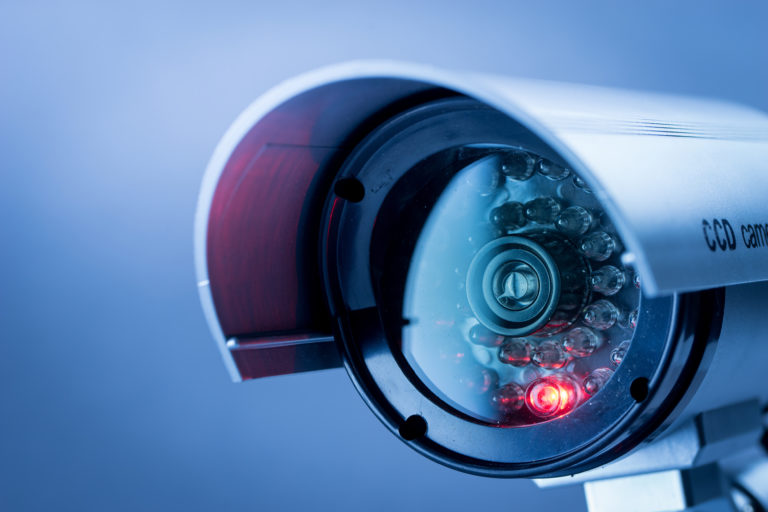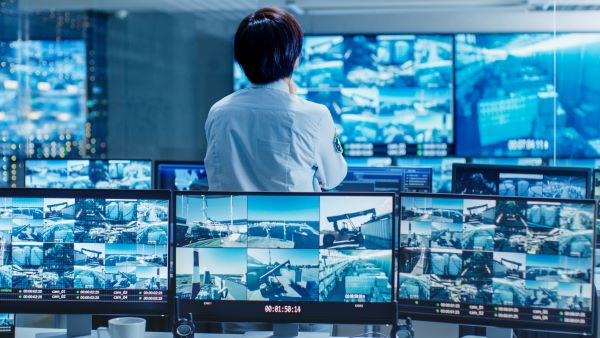DESIGN & INSTALLATION
Surveillance cameras are often the first line of defense for organizations, and Koorsen is proud to offer custom installations for various types from some of the top manufacturers in the industry. From pan-tilt-zoom (PTZ) cameras for tracking visitors to license plate recognition-capable cameras to video-verified camera solutions, we can design a video surveillance system to ensure every inch of your facilities are monitored.
Our security experts are certified on most security brands and are well versed on IT infrastructure. They’ll work with IT teams to establish network connectivity and work within IT compliance guidelines.


Partners & Suppliers
- Panasonic
- Axis Communications
- Genetec
- Hanwha
- Honeywell
- Exacq Technologies
- OpenEye
- Avigilon
- BCDVideo
- DMP
- EasyLobby
- 2N
- Allegion
- Assa Abloy
- HID
- Senstar
- Alvarado
- Altronix
- LifeSafety Power
- Commend
- Windy City Wire
- Software House
- Panasonic
- Brivo
- Openpath
- Verint
- Aiphone
- RS2 Technologies
- IDenticard
- Automatic Systems
- Salient
- Milestone
- Pelco
- Eagle Eye
- Bosch
- Salto
- AES
- Feenics
VIDEO SURVEILLANCE FAQS
If your cameras come equipped with IR LEDs, they will be able to see at night. For more information on IR cameras, contact a Koorsen security expert.
Yes, you can monitor your camera from a computer, tablet, or smartphone as long as your security cameras are on an onsite network. Contact a Koorsen security expert to learn more.
TYPES OF SURVEILLANCE CAMERAS
Fixed Dome Cameras:
Compact cameras with domed casings are usually attached to ceilings or walls. The dome casing protects against vandalism and hides which way the camera is turned.
Fixed Box Cameras:
Clearly visible box-shaped cameras with a fixed focus and angle of view.
Fixed Bullet Cameras:
A fixed angle of view cylindrical-shaped camera that is usually smaller than a comparable box camera.
PTZ cameras:
Can pan left and right, tilt up and down, and zoom in and out. PTZ cameras can be automated or manually controlled.
Panoramic Cameras:
Allow 180 or 360 degrees of surveillance from a fixed fisheye lens or multiple lenses, which digitally stitch together the video streams.
Thermal Cameras:
Makes infrared radiation visible for detecting people and objects in low-light to pitch-black areas.

